Interactivity, or input from a user, is expected in almost every type of mobile or desktop application, website, or interface. Users enter personal information, change application settings, and navigate various menus while using an interface. As designers, it is our job to provide users with the correct controls to make these inputs easier and quicker.
Two of the most common controls, toggle switches and checkboxes, appear to accomplish the same task and often get their use cases confused as a result. However, there are very specific instances where you should use one or the other. This blog will explain the differences between checkboxes and toggle switches and identify when to use each in your user interfaces.
Distinguishing Between Checkboxes and Toggle Switches
A checkbox control has two states: unselected and selected. Checkboxes should be utilized when a user can choose any number of listed options. Checkboxes will usually require buttons such as “Submit, OK, Next, Apply” after the boxes have been checked.
A toggle switch represents a physical switch and is an “either/or” control that allows users to turn things on or off, like a light switch. Similar to flipping a light switch, the effects of that switch are felt immediately. This same characteristic applies to UI toggle switches.
Switches can provide an added benefit to mobile users. Switches have a larger touchpoint to connect with and can provide more haptic feedback compared to checkboxes.
Tapping a toggle switch is a two-step action: selection and execution, whereas a checkbox is just selection of an option and the execution/saving action is usually required later on or is in a separate location.
Below are few use-cases to help you decide which control is right for your user interface.
When to Use a Toggle Switch
- An instant response is required without review or confirmation.
- A setting requires an on/off or show/hide function.
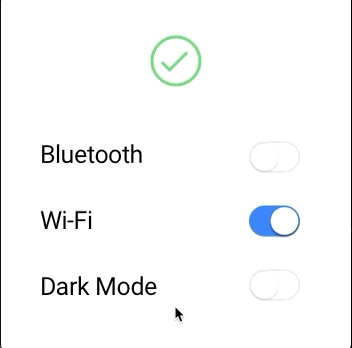
When to Use Checkboxes
- Options need to be confirmed or reviewed by the user before they are submitted.
- The user has to perform additional steps for changes to become active.
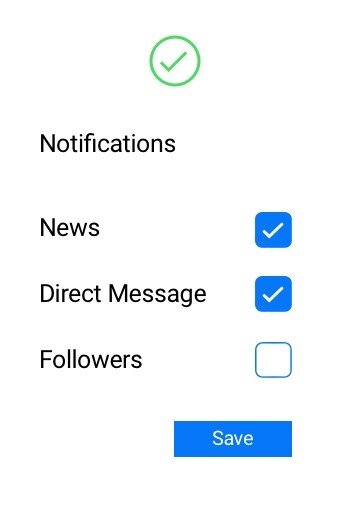
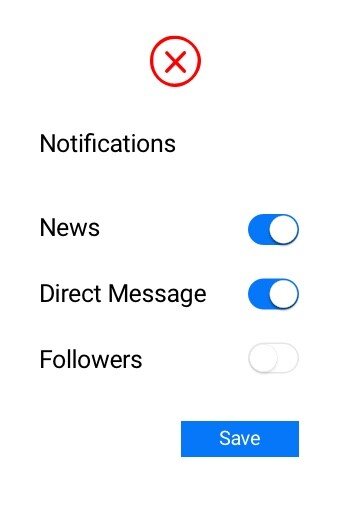
- Multiple options are available, and the user has to select one or more options from them.
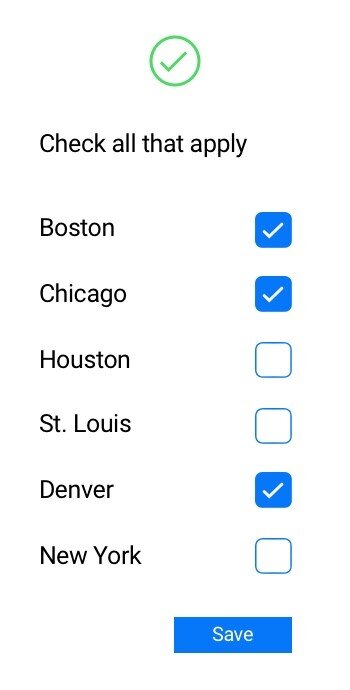
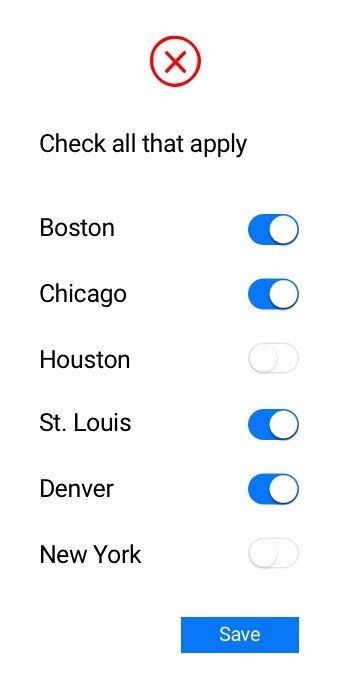
- A single yes/no choice is provided, or only one option can be selected, and its meaning is obvious.
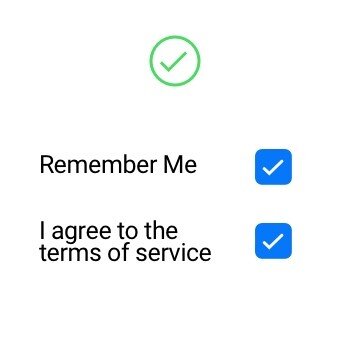
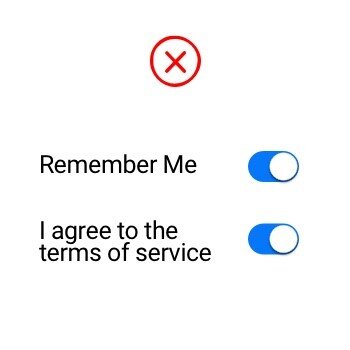
- The user is toggling independent features or behaviors, and you want to offer two options for an on/off type of decision.
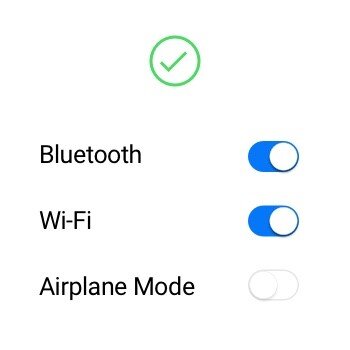
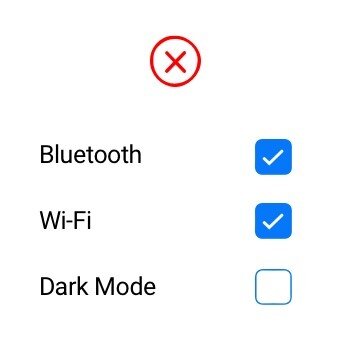
Conclusion
When deciding between a switch or checkbox, focus on context, not function. Ask yourself whether a setting should take immediate effect or not. Ask yourself whether users need to check their settings before they apply them.
Learn more about DMC's User Interface Design expertise.